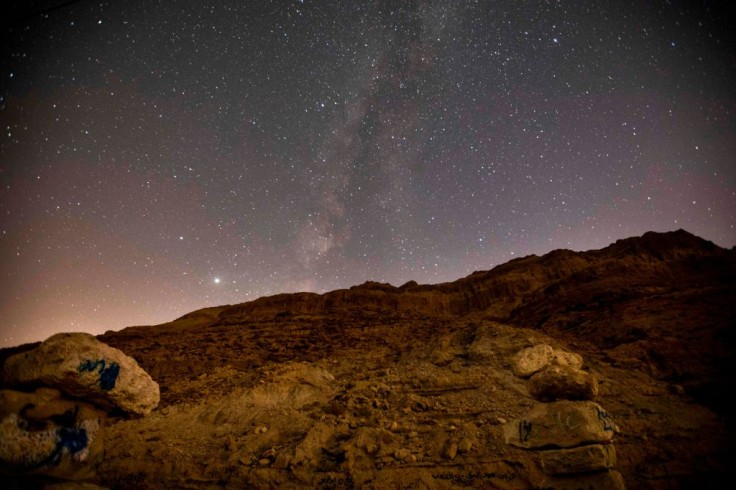
The recent NASA Hubble Telescope picture showed a mini-jet in the center of a massive black hole called Sagittarius A*.
In relation to this, SpaceX Falcon 9 rocket successfully launched the NASA IXPE, which aims to further investigate black holes and neutron stars.
NASA Hubble Telescope Picture: A Mini-Jet in the Massive Blackhole
In a recent Hubble Twitter post, the space telescope showed evidence of a mini-jet ejecting material from the Mily Way galaxy's core black hole, which "hiccups" regularly when stars and gas clouds fall into it.
Journey to the center of the Milky Way!
— Hubble (@NASAHubble) December 13, 2021
Hubble found evidence that our galaxy’s central black hole has a mini-jet that ejects material, periodically “hiccuping” as stars and gas clouds fall into it!
This image of our galactic center features Hubble data: https://t.co/0vUOfgOR9v pic.twitter.com/2lqRAJfg2T
In addition to this, NASA released a blog post explaining that our Milky Way's central black hole has a leak.
Space.com added that the Milky Way's supermassive black hole is called Sagittarius A* (Sgr A*). Additionally, it is almost 4 million times more massive than our Sun. Its gravitational pull is powerful enough to drag surrounding stars and gas clouds into its accretion disk.
Some of the material falling into the black hole is subsequently superheated and ejected from the black hole in the form of narrow beams known as jets.
Several thousand years ago, the leftovers of the "blowtorch-like jet" were discovered. However, the Hubble Space Telescope was not able to picture the jet directly.
According to NASA's blog post, studies from the satellite telescope uncovered evidence that implies a brilliant cloud of hydrogen surrounding the black hole was impacted by an explosive outburst.
Moreover, the said outburst is thought to be an outflowing jet of material that regularly blasts into space, as materials from the Milky Way's central black hole collide with neighboring gas clouds.
The space agency further explained that when the jet moves out from the black hole, it collides with the hydrogen cloud and interacts with the gas. Through this, it forms several streams of expanding bubbles that reach roughly 500 light-years into the Galactic halo.
Read also: 'Spider-Man: No Way Home' Rotten Tomatoes Rating, Reviews: Is It the Best 'Spider-Man' Film Ever?
Furthermore, co-author of the study and a researcher at Tsukuba University in Japan Alex Wagner stated that the streams penetrate the Milky Way's thick gas disk.
"The jet diverges from a pencil beam into tendrils, like that of an octopus," Wagner stated in NASA's blog post.
For background information, Hubble and other telescopes have previously discovered evidence that the Milky Way's black hole experienced an outburst approximately 2-4 million years ago.
That said discovery was powerful enough to build a massive pair of gamma-ray-emitting bubbles towering above our galaxy.
As previously reported, the SpaceX Falcon 9 rocket successfully launched the NASA IXPE, a satellite and space telescope that can study black holes and neutron stars.
Moreover, scientists expect that NASA IXPE will give them a new tool to probe the mysteries of the cosmos.
Aside from this, the NASA Hubble Space Telescope will also be joined by a new observatory tool.
Will the NASA Hubble Space Telescope Be Replaced?
Since the NASA Hubble Space Telescope has existed for more than 30 years, its successor James Webb Space Telescope is set to be launched soon.
According to several reports, this satellite telescope will be more powerful than Hubble and it would be equipped with cutting-edge technology.
To be clear, the James Webb Space Telescope will not replace the Hubble Space Telescope since these two space telescopes employ various technologies that might aid researchers and scientists even more.
Related Article : NASA Hubble Picture Shows Epic Cosmic Photobomb in Milky Way [PHOTOS]









